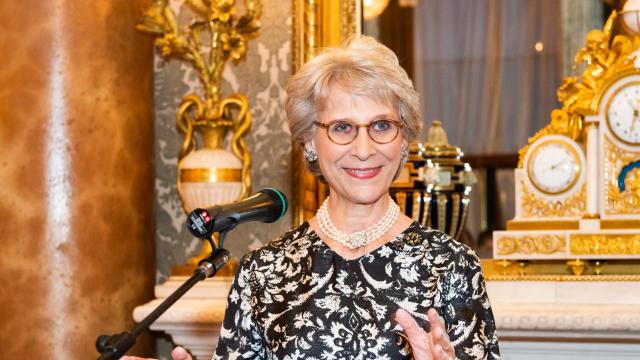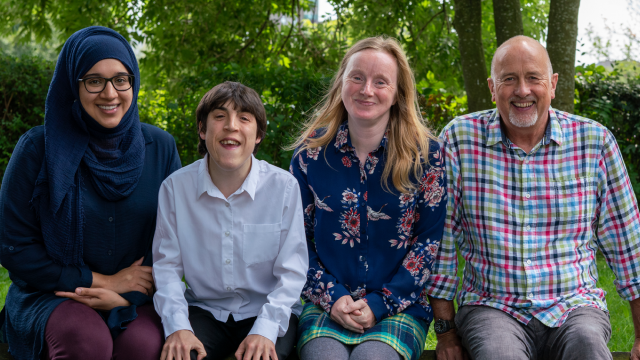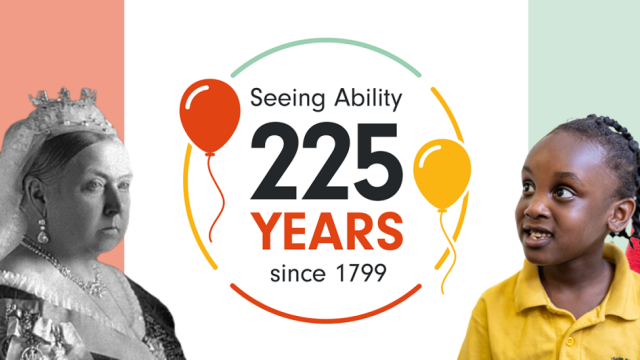Our history
We've now celebrated our 225th anniversary! This makes us one of the oldest disability organisations in the world.
1799
SeeAbility was established and became the first school for young blind people in the south of England, with the goal of teaching people with sight loss key skills in the hope they could learn a trade and become self-sufficient. We were founded by four philanthropists:
Samuel Bosanquet Jnr
A partially sighted man coming from a wealthy family, a businessman and owner of what would become Lloyds Bank.
Thomas Boddington
Director of the Bank of England.
James Ware
An eye surgeon and Fellow of the Royal Society. He is considered one of the founding fathers of modern ophthalmology in Britain.
William Houlston
A tireless worker for many charities, and the first secretary for the school.
1801
The school had 30 pupils, which would become 46 males and 47 females by 1817. Income was raised through donations and sales of goods produced in the workshops.
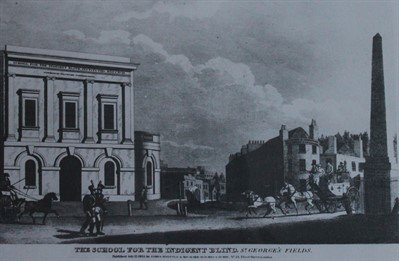
1901
After 102 years in London, the school's site at the junction of Lambeth and London roads was sold to the Baker Street and Waterloo railway company and the school moved to Leatherhead in Surrey.
1911
The school was granted Royal Patronage by King George V and became The Royal School for the Blind. In its day the facilities were considered state of the art, although by today’s standards the pupils were cared for in a very institutional manner, living in dormitory-style accommodation and forbidden to mix with members of the opposite sex. There was little incentive to learn even basic daily living skills as everything was done for them.
1980
The entire ethos of The Royal School for the Blind had changed. The dormitories were gradually remodelled into flats, pupils had become residents and were able to mix with one another, and we refocused our energy on enabling the people we supported to achieve independence according to their individual potential.
People who used our services became actively involved in making decisions about how to run their home and their lives. They were encouraged to make informed choices, take responsibility for their lives and develop a realistic understanding of the implications of their actions. The aim was to encourage fuller integration into the wider community and the lifestyles associated with it.

1982
Princess Diana became our Patron and made a number of visits to our services until stepping down in 1996. Since 1999 The Duchess of Gloucester has been our Patron. Chris Anderson, pictured with Princess Diana, is still supported by SeeAbility today.
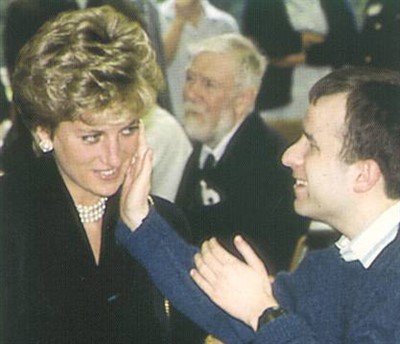
1994
We changed our operating name to SeeAbility and adopted the ethos: seeing beyond disability. In the two years prior, we had begun expanding our services in community-based settings, helping people with sight loss and disabilities in their own homes.
2005
SeeAbility launched an eye care and vision information service for people who have learning disabilities. In a joint study with RNIB, we found adults with learning disabilities are ten times more likely to have sight problems than others.
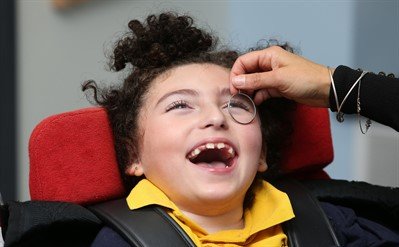
2013-14
In 2013 SeeAbility began eye testing children in specialist schools and have now tested over 4,000 children – and in 2014 we developed Peer Educator Networks to raise awareness with people with learning disabilities and their supporters about the importance of good eye care.
2015
We have expanded our accommodation and support services across southern England, more than doubling turnover and operating locations. We now have accommodation and support services in locations across southern England, enabling people to live and receive specialist support in their home communities. In 2015 we received our first rating of “outstanding” overall from our regulator The Care Quality Commission (CQC).
2017
We expanded our specialist services team of vision rehabilitation workers and speech & language therapists to include positive behaviour support.
2018
In January 2018 we opened our first bespoke service for people with learning disability and/or autism under the ‘transforming care agenda’, in partnership with the people we support; their families; commissioners and housing associations.
2019
In 2019 we celebrated our 220th birthday!
2020
Our Covid rapid response digital inclusion programme, Creating Connections, launched in September 2020 to urgently support people most at risk of loneliness and digital exclusion.
We support people with learning disabilities, autism and sight loss, as well as their frontline support teams, to gain digital skills and knowledge. Creating Connections has grown into a network of 24 self-advocacy group partners to help us grow the reach of the programme to people with learning disabilities across the UK.
2021
After years of work behind the scenes, our supported employment programme Ready, Willing and Able launched in April 2021. The programme supports people with learning disabilities, autism and sight loss into work through coaching, educating and supporting employers and ongoing support to ensure success.
2022
In 2022 we began supporting people under a new innovative model of support. Redhill Supported Living sits within a community where private homes and housing designed for supported living nestle together against a beautiful countryside backdrop. The supported living houses and apartments are scattered throughout the development, not clustered together, creating a diverse and inclusive community.
2024
In 2024 we celebrated our 225th anniversary - This makes us one of the oldest disability organisations in the world! 225 years of seeing ambition and supporting people to live, love, thrive and belong.
The future
We will continue to work to support people with learning disabilities, autism and sight loss to live, love, thrive and belong, living the life they choose.


